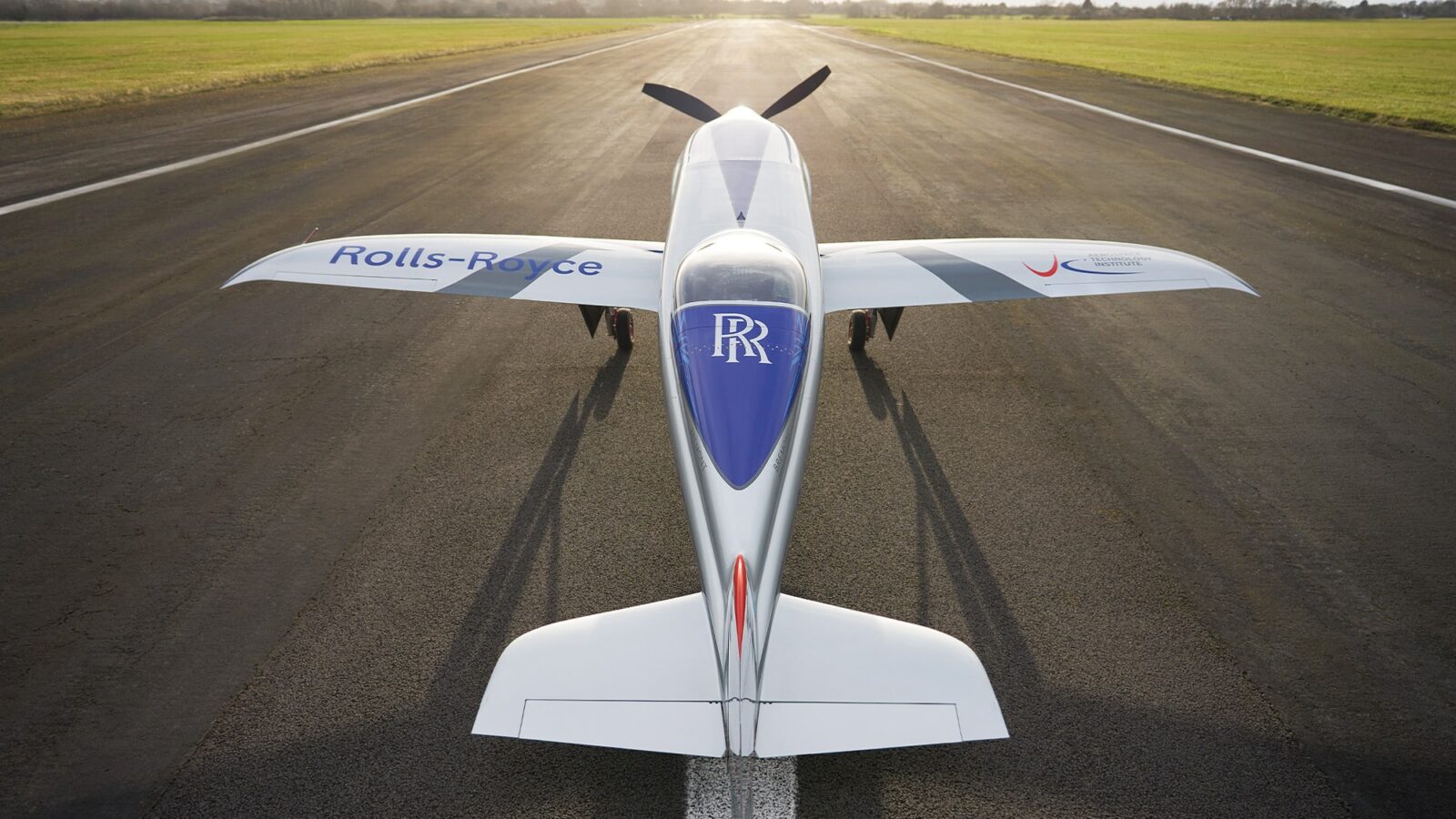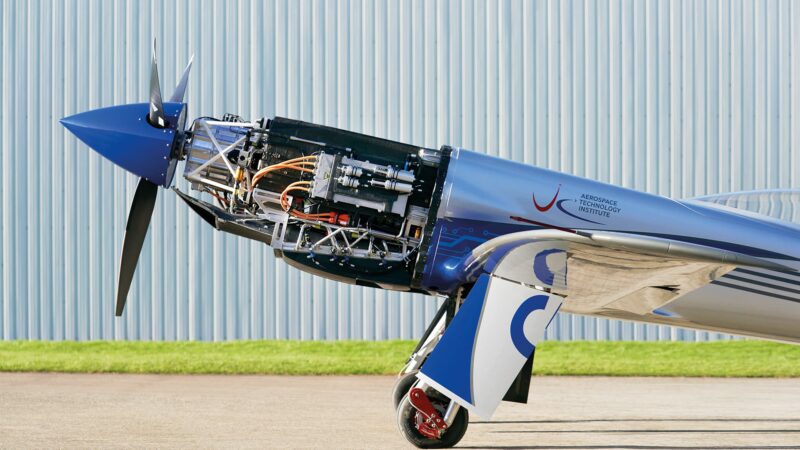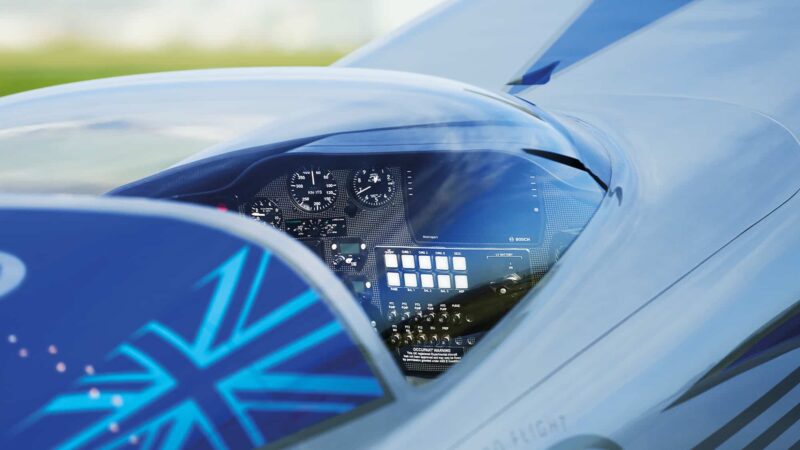Rolls Royce’s electric plane ups the pace towards the record books

The technology being developed could be used to power future zero-emission air taxis
We don’t quite have lift off, but we do have taxiing. One of the most advanced eco-planes in the world hit the runway last month ahead of its first test flight this spring and a planned attempt at setting a world speed record for an electric aircraft.
The Spirit of Innovation manoeuvred along the runway under its own power for the first time, signalling a crucial step forward for the project, which has been underway since 2019. Using a bank of 6000 cells, the battery feeds energy to a 500hp electric powertrain allowing the plane to reach a speed of 300mph and a range of 200 miles. The project is being led by Rolls Royce as part of the Accelerating the Electrification of Flight (ACCEL) programme. It is working with Electroflight, a Gloucestershire-based start-up firm which specialises in electric powertrains. The project is part funded by the Department of Business.
“There are unique challenges to overcome,” says Matheu Parr, ACCEL project manager. “The battery will need to be powerful enough to beat performance records, carry enough energy to complete those courses and light enough to fly.”

Another milestone for Rolls Royce’s electric plane, which taxied under its own power

Aviation, just like the car world, is increasingly looking towards electrification as a way of reducing its carbon emissions. Last month Faradair, a UK business operating from Duxford airfield, announced it was developing a revolutionary 18-seat bioelectric hybrid plane. The plane will use electric motors to power take-off and landing, the part of any flight with the highest noise and carbon emissions. Once cruising at a speed of about 230mph the plane will switch to its turbogenerator, powered by biofuel, which will also recharge the batteries with assistance from solar panels.
